January 16, 2019
The average student gains five pounds (or is it five kilos?) during the three-month “Master of Italian Cuisine” course. At least that’s what I’ve been told.
It’s not hard to believe.
Our first day in the classroom was Sunday, January 13th and I had barely digested the previous evening’s meal from Al Fondaco. I was so wound up—and so overly full—from the meal that I couldn’t even get into bed till 1:30 AM.
I groaned when my alarm went off at 7:30. I groggily hauled myself out of bed and made what has become my daily pilgrimage to Orlando for espresso.
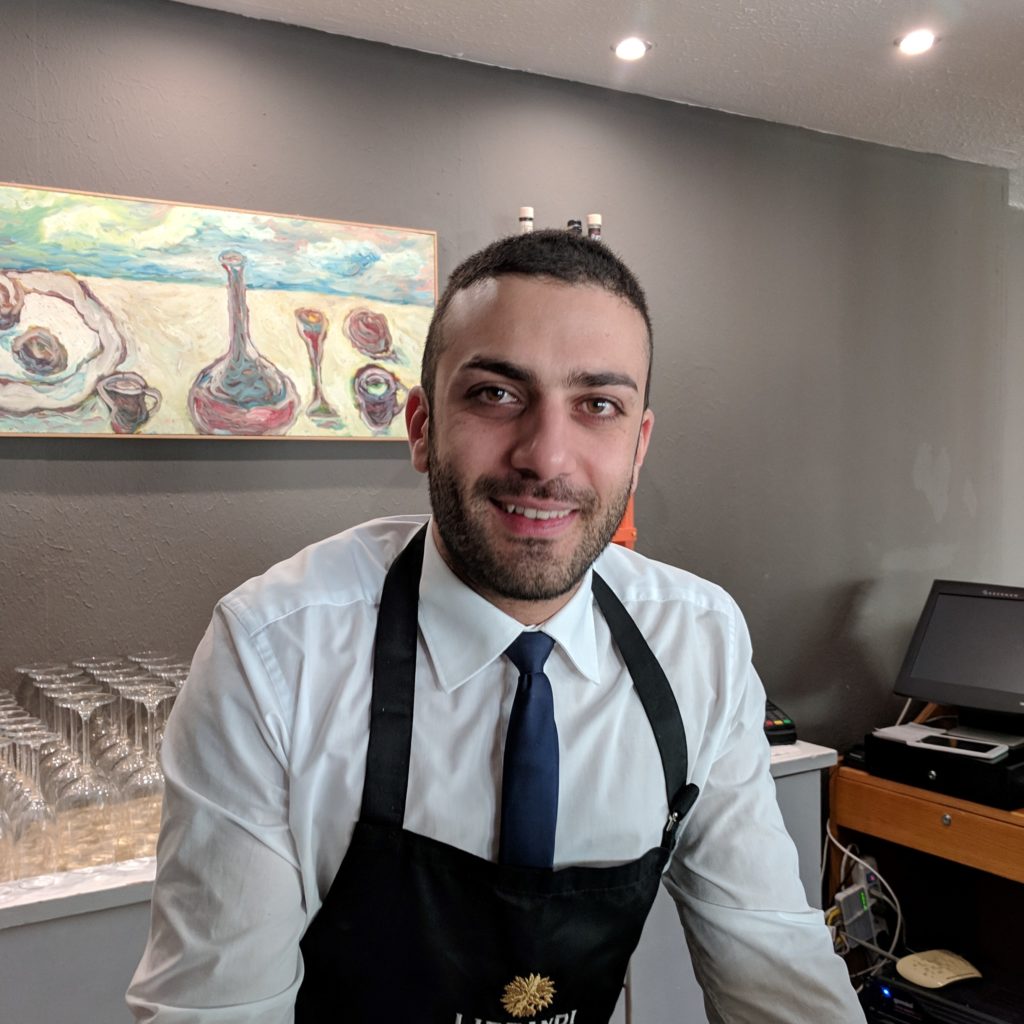
After my second espresso doppio I felt a bit more revived. Class started at 9:00.
Whereas the first day was lecture combined with tasting foundational components of regional Italian cuisine, the second day was spent in the kitchen watching Chef prepare basic foods—and of course tasting them, with one exception. Because we ran out of time before tasting olive oils on the first day, we began the day by tasting 8 Italian extra-virgin olive oils from Liguria, Veneto, Garda, Siena, Chianti, Puglia, and two from Sicily. To make a point, Chef also had us taste “olive oil,” a chemically extracted oil with no olive flavor but a distinct chemical bite.
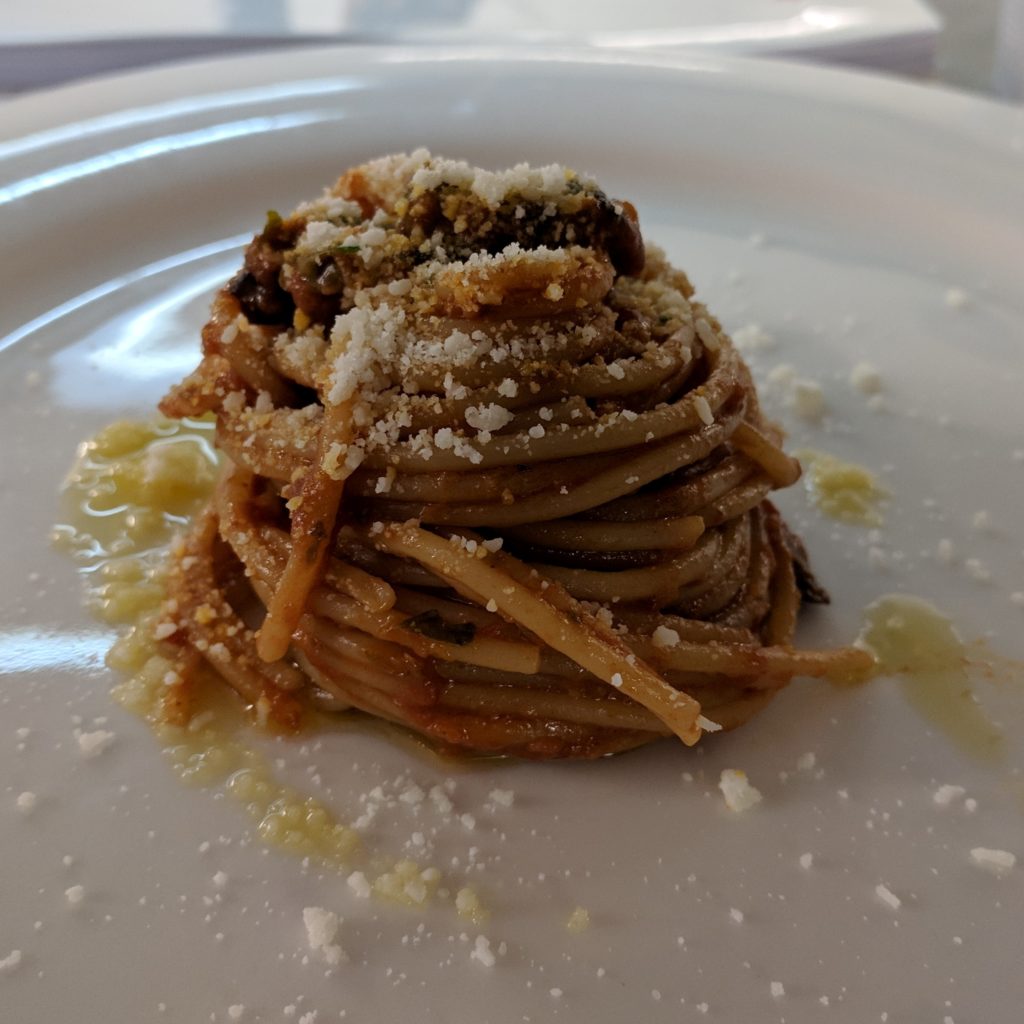
Here’s how the day went. Asterisks (*) mean that we tasted the dish as well (please excuse the English and Italian mash-up, it’s kind of how it goes in the kitchen here).
1. *Simple tomato sauce (this was put into many dishes)
2. Anchovy garlic paste
3. *Cotechino on warm bread with a fried egg, spicy mayonnaise (maionese di bomba), and taleggio
4. *Risotto alla Parmigiana con tartufo bianco (risotto with parmigiano cheese and white truffles)
5. Salsa verde
6. Ragu di agnello (lamb ragu)
7. Salted egg yolks (tuorli di uova sotto sale)
8. *Spaghetti alla puttanesca
9. Ragu di sepia (cuttlefish sauce)
10. *Garlic oil (this is also a component part of many dishes)
11. Trifulata (truffle sauce)
12. *Lupara (rigatoni with sausage, tomato sauce, and hot red pepper). [The dish is from Naples. It contains rigatoni which remind Italians of the short-barreled eight-gauge shot gun used in Naples. Enough said!]
13. *Scallopine di maiale (pork scallopine) with Marsala, served with shaved lardo (salt pork)
14. Peperonata
15. Bollito di maiale
16. Ragu Bolognese
17. *Seared cubes of mortadella served with bruschetta topped with Bomba alla Calabrese (spicy conserved vegetable spread) [Just in case we were hungry!]
18. *Trofie pasta with lemon, olives, shrimp and bottarga (this dish is referred to as “Profuma di Mare” [perfume of the sea] by the staff)
19. *Vin santo and cantucci (biscotti)
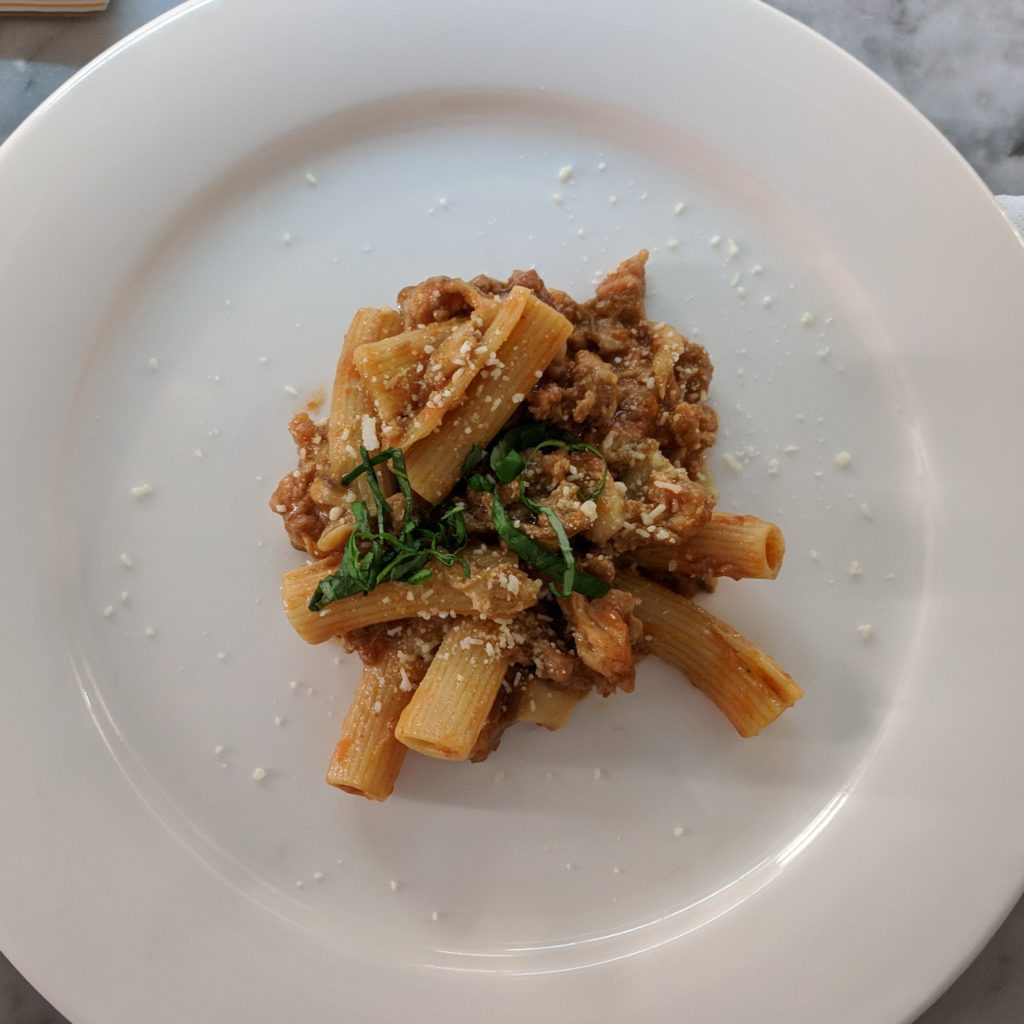
The last task of the cooking day was to start dinner for the group. The main part of the meal was Pollo alla Romana (Chicken Roman Style). It’s a simple but delicious dish of chicken cooked with sweet peppers and tomato puree then finished in the oven with grated Pecorino Romano on top. We prepared about 50 chicken thighs since they are the best cut for braising. I got to prepare half of them!
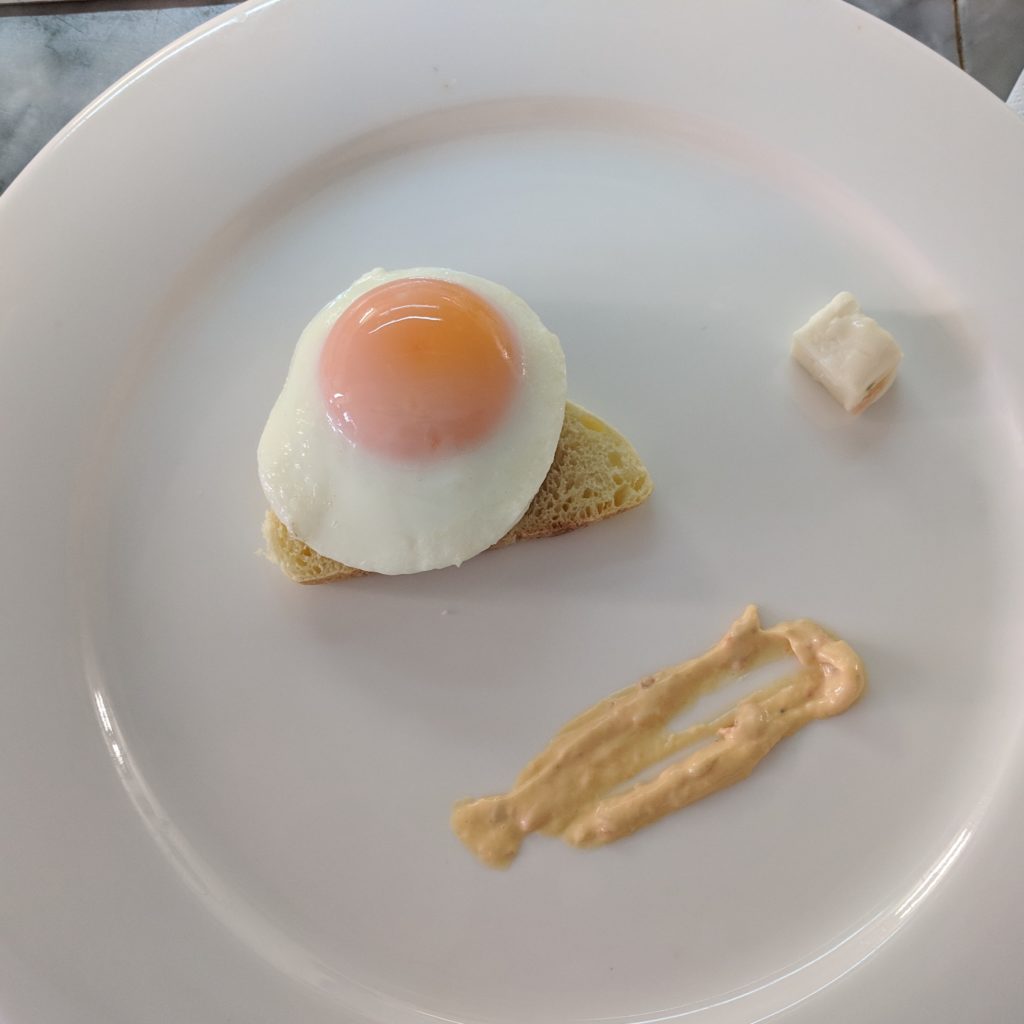
After class Mariana and Chef Juan helped me complete the paperwork that I needed to submit in order to schedule an appointment to finalize my visa. The difficult part was completing the multi-page 178-section questionnaire for which there were three separate instruction manuals! Luckily most of the 178 questions did not need to be answered but it took Juan (a former attorney before he became a chef) to understand the nuances.
Mariana and I then went on a journey. The first stop was to a tobacco shop (seriously) to buy the €16 stamp that needed to be affixed to the paperwork. Then we went to a shop selling magazines and office supplies to have copies made of all the documents I had been given by the Consulate General in Los Angeles (in case the originals went missing on their way to the Questura) as well as my ENTIRE passport. The Italians are serious.
Every page of my passport needed to be photocopied including all the blank ones and the outside cover. The woman at the shop kept looking at me and indicating that it seemed foolish to photocopy blank pages. I couldn’t really disagree but those were the directions. Mariana just threw her hands up and the woman continued photocopying, making a very neat booklet, all stapled together. This only cost €4 which was worth the amusement value of seeing an Italian criticize Italian government bureaucracy.
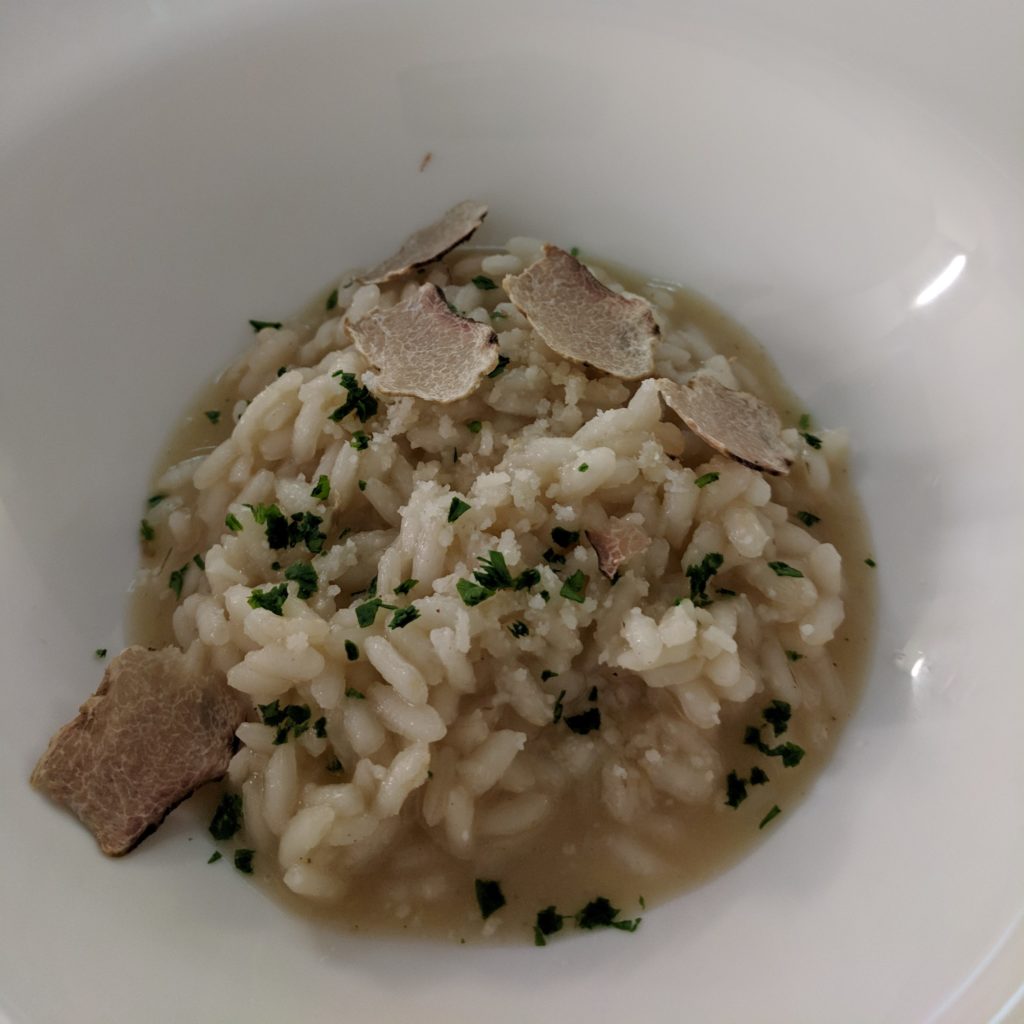
Once the photocopying was done, I could complete the question on the form where I had to indicate how many additional sheets I was submitting. Since the shopkeeper photocopied my passport double-sided, she and Mariana had a discussion about whether the correct number was the number of pages or the number of sheets. Both agreed it was physical pages.
The next stop was to a photo shop to get 4 passport photos. This was quick and efficient and only cost €7, about half the cost of 2 photos at Walgreens. Then we were off to the post office to submit the paperwork. Yep! The Post Office is the intermediary but first I needed more Euros since the fees could only be paid in cash.
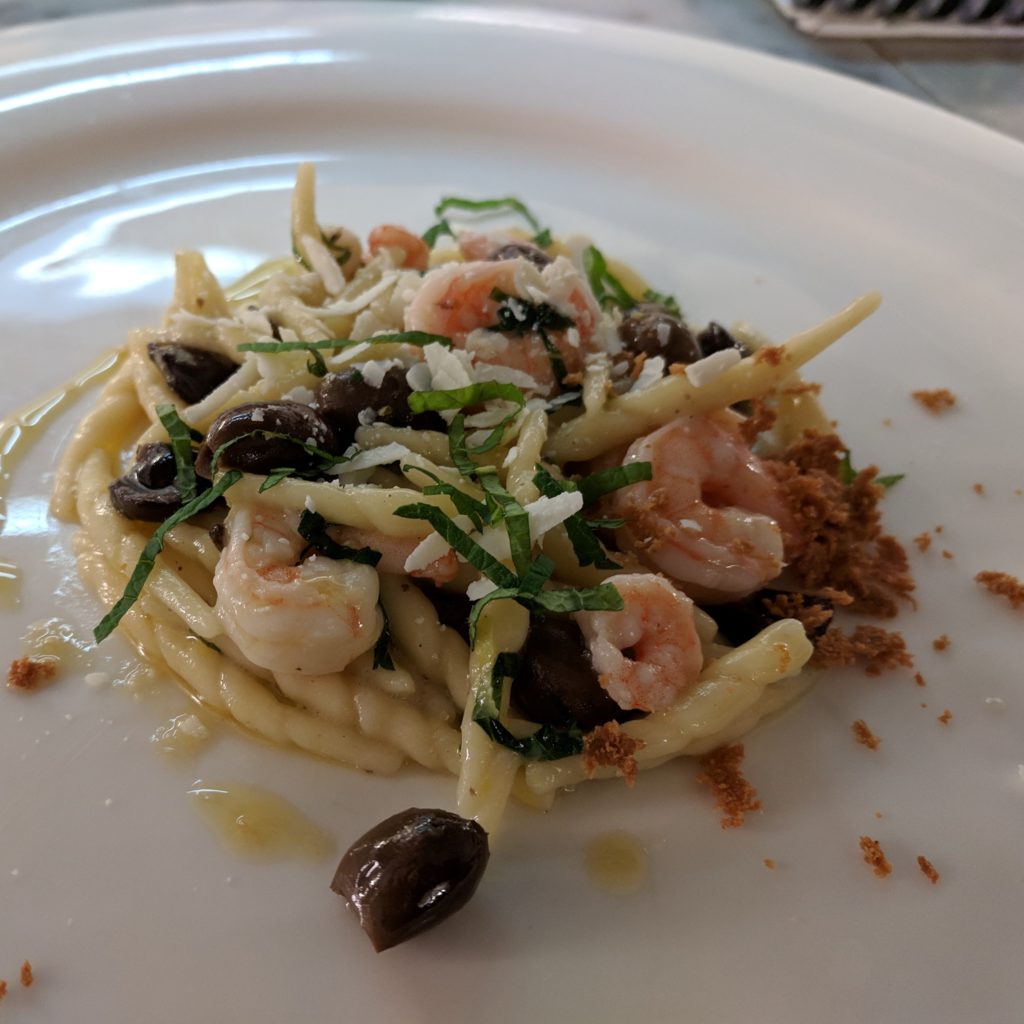
Unfortunately, the ATM in the lobby of the post office was out of service but there was one down the street. Neither my ATM card, nor Mariana’s would get the automatic door to open. Luckily it only took a few minutes for someone to come by with an ATM card that would open the door.
With €200 in my pocket we went to the post office. Once inside, Mariana said I could fill in the date on the application form. Juan had cautioned not to do this until I was certain that I would be submitting the documents. Apparently, any error invalidates the documents and requires a whole new packet to be completed.
A few minutes later, Mariana and I were in front of the clerk who set about reviewing everything. She calculated the fee to be €100.42. I handed her €101. She gave me back a few coins then handed me €30. Apparently, the fee is divided into two parts. €70.42 goes with the application and €30 goes on the envelope as postage. REALLY? €30 for postage!
A few minutes later I handed her back the €30 for the postage. I’m not really sure why she couldn’t have kept it in the first place, especially since she quoted me the full amount at the outset. Mariana was familiar with this process. When the €30 was put in front of me, Mariana said to “leave it” because I would be “giving it back” in a few moments.
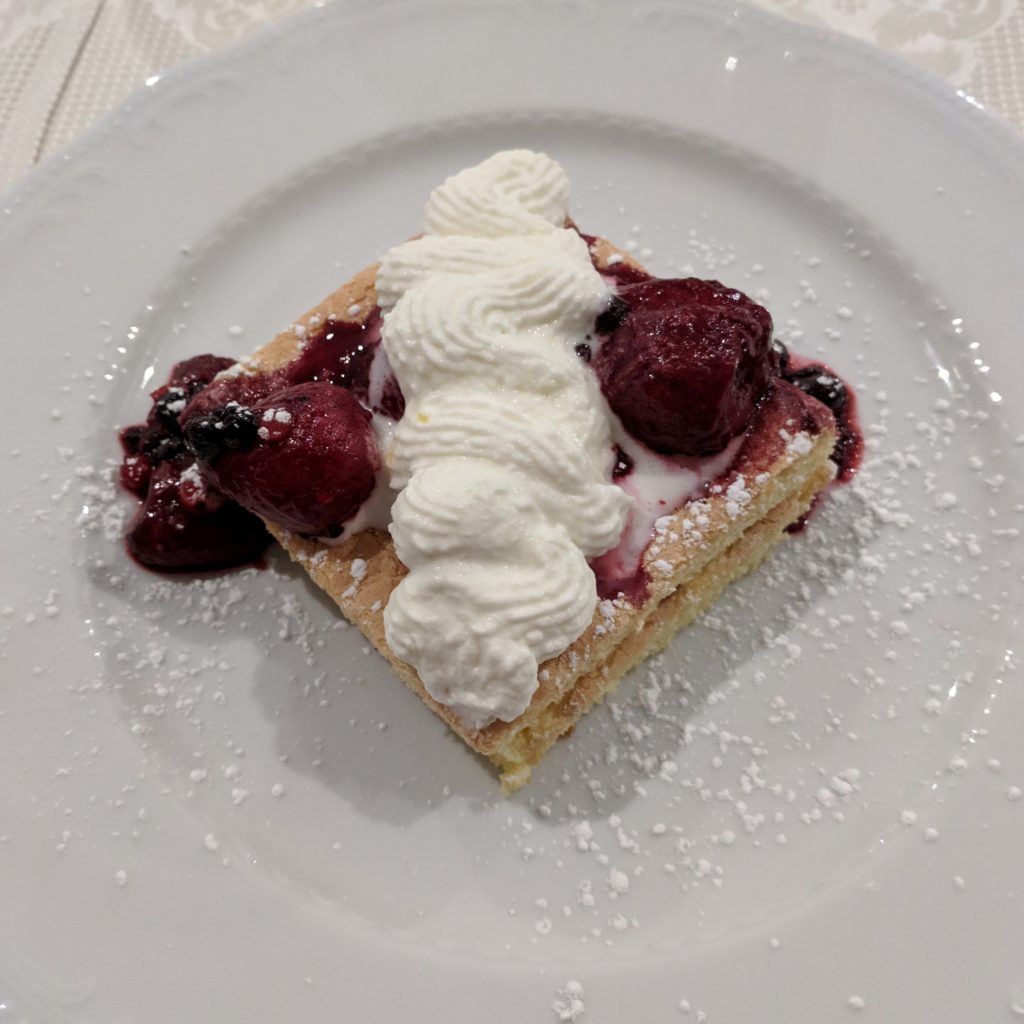
We walked out of the post office less than 15 minutes after we had entered and I had an appointment on February 4, 2019 at 9:00 to go to the police station to start the next step in the process. Mind you, I already have a visa in my passport from the Consulate General in Los Angeles. All of this is just the process of “registering” with the Questura!
I walked to dinner with a glass of bourbon in my hand, the first since getting to Italy, celebrating having negotiated just a tiny bit of the Italian bureaucracy.
One of these days, I’ll tell you the story of actually getting the visa in Los Angeles—a saga that stretched across several months and two continents!
Ciao for now.
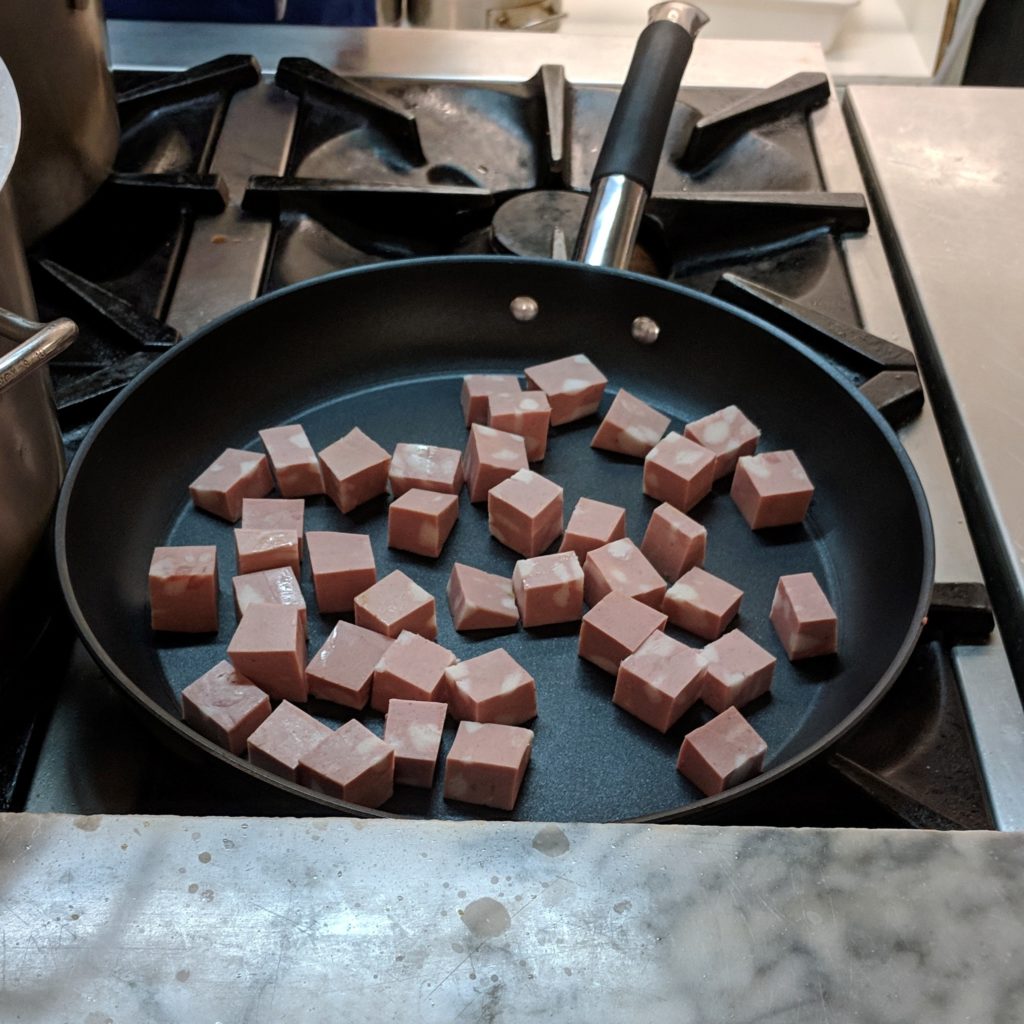

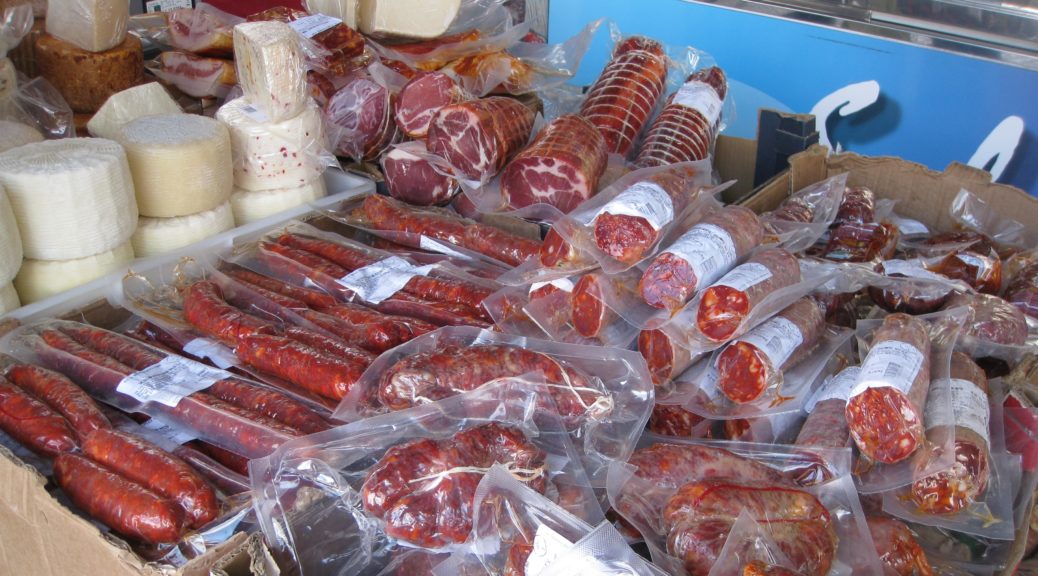
Not only are you a great cook and writer but a very patient man indeed!! I had heard the Italian bureaucracy was a touch nut to crack but your story is amazing!!
The Italians have had thousands of years to perfect bureaucracy…and it shows!
👍! Loving this ! Michael
Thanks! I’ll cook when I return!!
Ivana, whom I work for told me how tough the Italians are. If anyone can go through all of this, it is you. Can’t wait to hear what happens next.
The bureaucracy is truly amazing. One-on-one with Italians anything is possible but in a large organization it can be challenging.
The story continues to fascinate and intrigue. I can hardly waist for the next installment!
Thanks!! I’ll try to hold your interest.
Or ‘wait’😏. hit ting the send button before careful re-read sometimes results in interesting content.
We will toast you, Gary, when we have dinner with Frank, et. al. in PS. Cheers!
Salute!
Was the trofie made with chestnut flour? I’ve had it with pesto and it was toothsome and amazing.
No, it was made with “00” wheat flour.
Oooh… ok mail me the 2 pastas, risotto dish and egg and cholocino(sp). Or better yet, I will arrive tomorrow
That’s an absolutely arduous exhausting story about all the paperwork etc.
Gary, my daughter Francesca, just told me that she read from a reliable source that even if someone is a quarter Italian that they can get citizenship in Italy? Hmmmm. I may look into this!
Continue to Manga….
Hi Adrienne, the rules about getting Italian citizenship are complicated and vary based on the year in which one (or one’s parents or grandparents) were born. You should look into it.